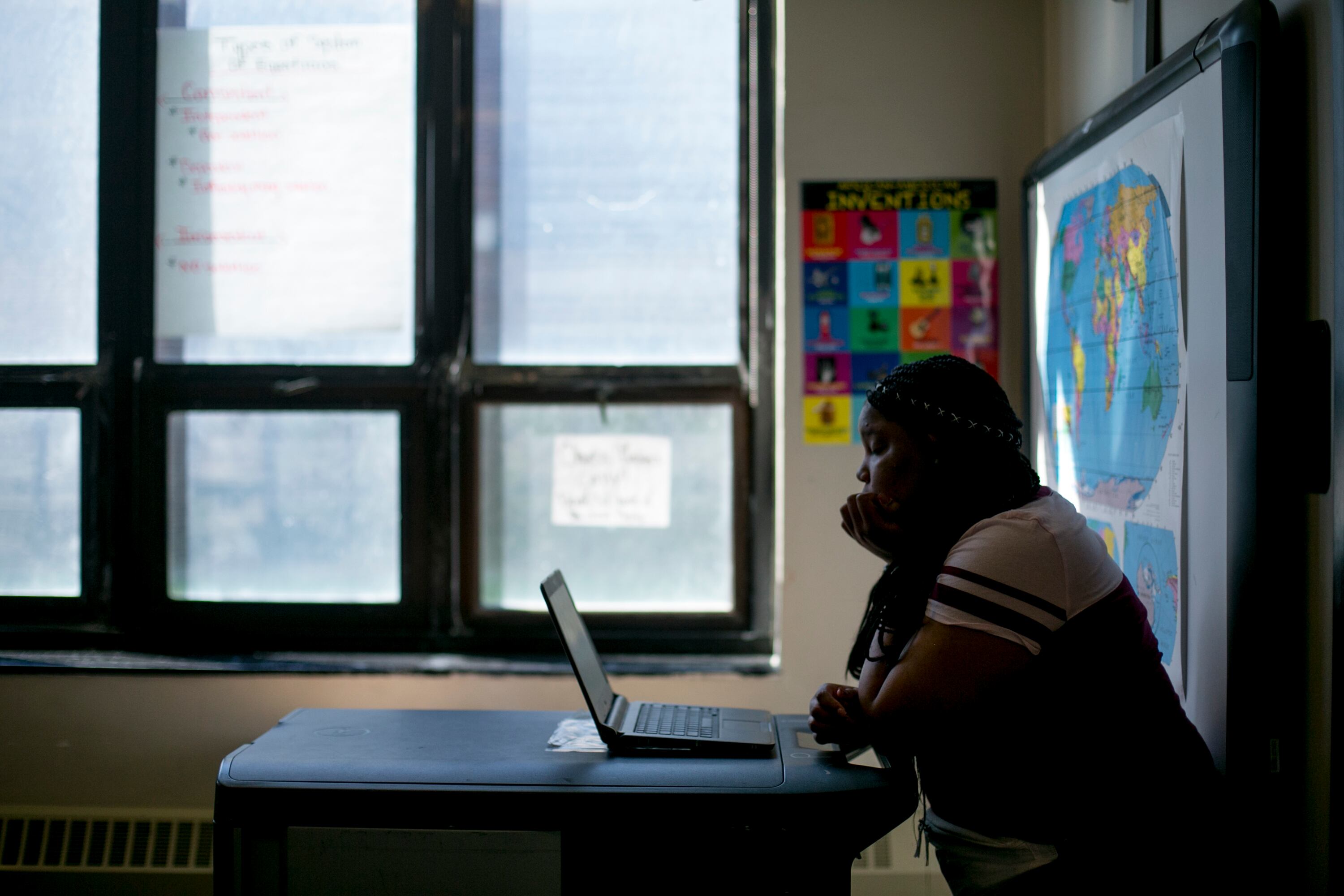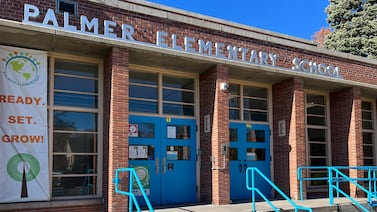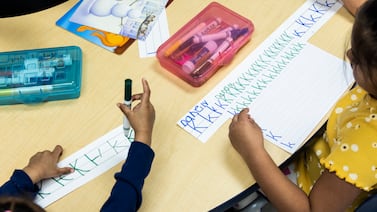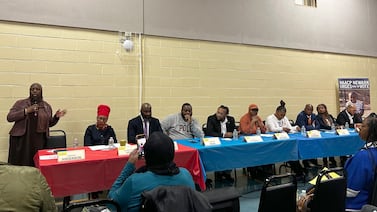About 2,000 fewer students are enrolled in Shelby County Schools than last year, representing about 2% of the Memphis district’s students. The enrollment decline is the first since 2017 after years of modest increases.
Shelby County Schools is the only district in the county that has not yet brought any students back into the classroom. District leaders speculated some students left in favor of in-person learning at charter or private schools because Shelby County Schools started the year all online. They expect some students to return to the district if buildings reopen in January as planned.
Last year at this time, the district had enrolled about 113,200 students from prekindergarten to 12th grade, including its charter schools. As of this week, the district had enrolled 111,018 students, according to a presentation to school board members Saturday during a planning meeting. About 19,000 students are at charter schools, and 88,000 are at district-run schools. The remaining students are in pre-K.
“We really had to go to the streets in trying to find our students,” said Angela Whitelaw, a deputy superintendent. “We’re not where we need to be, but we’re better than where we thought we were.”
Student enrollment determines the amount of money districts get from the state and local governments and dictates how many staff the district can employ. Districts across Tennessee have been expecting enrollment declines and other large school systems nationwide have seen dips. Nashville schools have about 6,900 fewer students this year. Chicago’s district saw a 4% decline with about 14,500 students.
The State Board of Education asked Gov. Bill Lee and lawmakers in August to not withhold funds this year as school systems navigate the coronavirus pandemic’s effect on education. But no decisions have been made on whether or not to keep the same level of funding as last year.
“We’re going to pray for that,” Whitelaw said.
Initial enrollment numbers during the first two weeks of school showed 5,000 fewer students and about 3,000 students who were enrolled but had not received a laptop for online learning or attended class.
Whitelaw said the district was able to connect with all but about 300 of those missing students and dropped the rest from school rosters after not being able to contact their parents.
Board member Stephanie Love said she worried principals will have to cut staff when help is needed most.
Superintendent Joris Ray said in the past, the district was too liberal in pulling funds from other sources to cover staff cuts at schools where enrollment dropped. This year, as parents and teachers choose virtual or in-person learning for January, principals will have to get more creative about how to split responsibilities among staff. If a teacher chooses to instruct students from home, another adult will need to monitor students whose parents chose to send them to school buildings.
“We kept stacking people on top of people to where we were almost financially defunct,” Ray said. “Nobody can be held harmless this year because we don’t have the money.”





